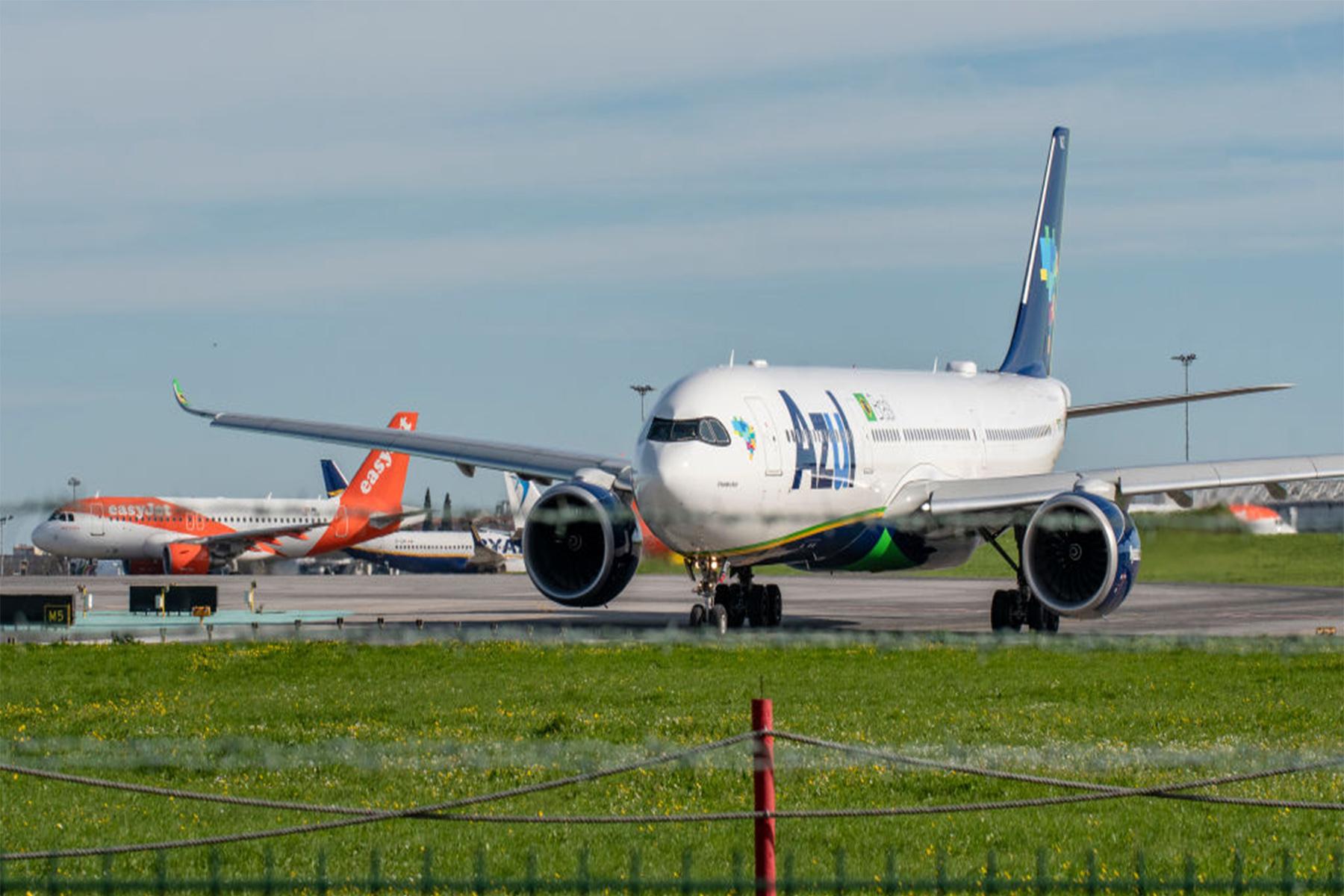
A codeshare agreement has been signed between Azul Brazilian Airlines and LATAM Airlines Brazil on an initial 50 nonoverlapping domestic routes in Brazil.
The deal covers routes to/from the cities of Brasilia (BSB), Belo Horizonte (CNF), Recife (REC), Porto-Alegre (POA), Campinas (VCP), Curitiba (CWB) and Sao Paulo (GRU). It also involves the carriers’ respective loyalty programs.
“With Azul’s highly connected network that serves many destinations in Brazil and LATAM’s hubs, our complementary fleet types and networks will offer customers the widest range of travel options,” Azul CEO John Rodgerson said.
Jerome Cadier, CEO of LATAM Airlines Brazil, added that the codeshare was “a sign of LATAM’s long-term commitment to the Brazilian market.”
“We understand that the COVID-19 crisis requires innovative responses to help kick-start the economies of the region and today’s announcement is part of our contribution to this effort,” he said.
Prior to the COVID-19 crisis, Azul and LATAM Airlines Brazil served a total of 137 destinations in Brazil, with 298 routes and 1,632 daily departures.
Azul is currently offering 168 flights per peak day in June, compared with 115 daily departures in May, and 70 flights per day in April. In July, the carrier expects to increase to 240 peak daily departures and serving 66 destinations.
“We continue to see improvements in the demand environment. Thanks to our fleet flexibility we are in a position to take maximum advantage of this demand and are sequentially growing our network in a meaningful way”, Azul's VP of revenue Abhi Shah said.
LATAM Airlines Brasil, which is excluded from LATAM Airlines Group’s wider Chapter 11 restructuring, last week took the first step toward regulatory approval of its transAmerican joint venture agreement with Delta Air Lines in Brazil, with a prefiling presentation to the competition authority, the Administrative Council for Economic Defense.
The process represents the start for the recently signed agreement between LATAM Airlines Group and its subsidiaries and Delta Air Lines, which–once regulatory approvals where required are granted–will connect the carriers’ route networks between North and South America.
Photo credit: Horacio Villalobos - Corbis/Corbis via Getty Images
